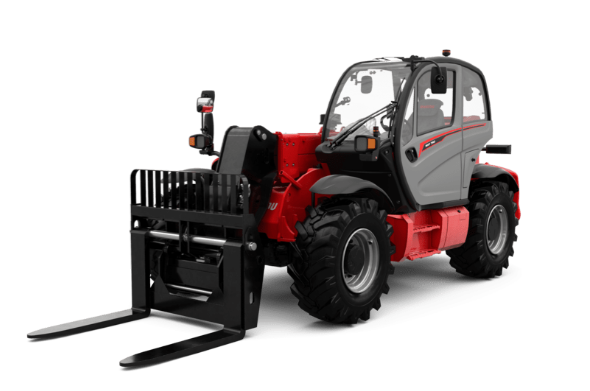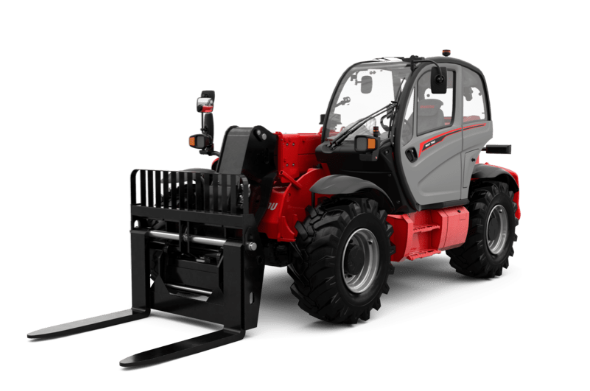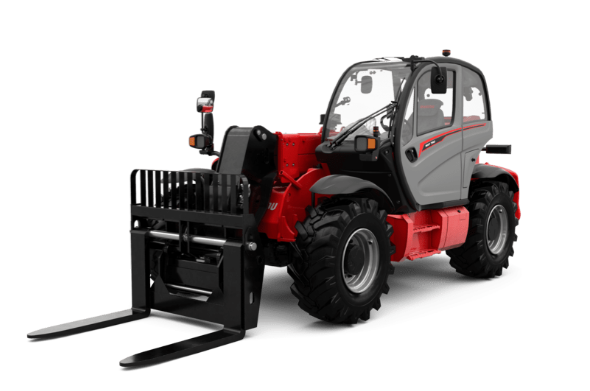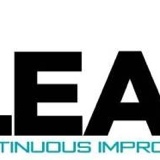Information
-
Document No.
-
Audit Title
-
Client / Site
-
Conducted on
-
Prepared by
-
Location
-
Personnel
General Housekeeping Conditions
-
Is Housekeeping done on a regular basis?
-
Corrective Action(s):
-
Is someone designated to ensure housekeeping is properly maintained?
-
Corrective Action(s):
-
Are there old oil, fluid, material spills that have not been addressed?
-
Corrective Action(s):
-
Are there spills covered in absorbent that have not been cleaned?
-
Corrective Action(s):
-
Are tools, rags, and other maintenance items returned to their proper storage place once maintenance is complete?
-
Corrective Action(s):
-
Are there tools, chemicals, equipment that can be removed or sold?
-
Corrective Action(s):
-
Is the facility large enough for the equipment, tools, and chemicals stored?
-
Corrective Action(s):
SPCC Plan
-
Add up the volume of oil containers greater than 55 gallons. Is that number greater than or equal to 1320 gallons? If yes, an SPCC plan is required.
-
Corrective Action(s):
-
If the total amount is within 200 gallons of 1320, does the facility have to have all of the oil storage containers?
-
Corrective Action(s):
-
Is the SPCC plan certified by a PE?
-
Corrective Action(s):
-
Is the SPCC Plan approved by the current district manager and district HSE representative?
-
Corrective Action(s):
-
Are the address and company name accurate?
-
Corrective Action(s):
-
Does the list of required secondary containment and facility layout reflect the current state of the facility?
-
Corrective Action(s):
-
Is the Spill Emergency Contact list current and verified?
-
Corrective Action(s):
-
Are changes to management, spill team, emergency contacts, oil storage, or the facility reflected in the plan within 6 months of the change?
-
Corrective Action(s):
-
Have all employees been trained and documented at least annually?
-
Corrective Action(s):
-
Are facility inspections being completed, at least monthly?
-
Corrective Action(s):
-
Are issues and deficiencies being corrected in a timely fashion?
-
Corrective Action(s):
-
Are training and inspection documentations retained for 3 years?
-
Corrective Action(s):
-
Are reportable spills documented and retained with the plan?
-
Corrective Action(s):
-
Is the SPCC plan reviewed by district management every 5 years?
-
Corrective Action(s):
Storm Water Pollution Prevention (SWPP) Plan
-
Does the facility meet the applicable state requirements for a SWPP plan?
-
Corrective Action(s):
-
Does the facility have an approved plan?
-
Corrective Action(s):
-
Does the facility qualify for a No Exposure permit or exemption?
-
Corrective Action(s):
-
Does the facility have to file for a no exposure permit?
-
Corrective Action(s):
-
Does the facility have an up to date permit/exemption?
-
Corrective Action(s):
-
Is the plan accurate with respect to current storm water run off trends and preventative measure?
-
Corrective Action(s):
-
Are changes to personnel and the facility updated in the plan with 6 months?
-
Corrective Action(s):
-
Are water drainage and run off areas free of oil, debris, etc.?
-
Corrective Action(s):
Secondary Containment
-
Are all oil containers inside, or on top of, secondary containment (including 5, 30, and partially filled containers)?
-
Corrective Action(s):
-
Is the secondary containment able to hold 110% of the volume of the largest container it is protecting?
-
Corrective Action(s):
-
Are all secondary containment a leak proof? If drain plugs are available, are they installed?
-
Corrective Action(s):
-
Are containments covered to prevent rainwater, trash, or other material from getting inside?
-
Corrective Action(s):
-
Are containments free of debris, old oil, water, etc. to allow for observance of a leak?
-
Corrective Action(s):
-
Are containers, buckets, and barrels in good condition, labelled, rust free, and sealed?
-
Corrective Action(s):
-
Are there empty buckets , barrels, totes, etc. on or inside containments that can be removed?
-
Corrective Action(s):
Chemical Inventory and Storage
-
Is the chemical inventory to high for the size and storage capability of the facility?
-
Corrective Action(s):
-
Are chemicals separated to allow for easy access?
-
Corrective Action(s):
-
Are chemicals stored based on hazardous properties (flammable materials in cabinets away from heat sources, water sensitive away from openings and water sources, etc.)?
-
Corrective Action(s):
-
Are there any RCRA category hazardous materials?
-
Corrective Action(s):
-
Are those clearly marked and easily identifiable?
-
Corrective Action(s):
-
Can they be replaced by something that is not a hazard, or at least, more safe?
-
Corrective Action(s):
-
Are there any expired chemicals?
-
Corrective Action(s):
-
Is there a system in place to minimize expiration of materials?
-
Corrective Action(s):
-
Are expired, unusable, or chemicals not intended for use properly removed, transferred, sold, or disposed of, in a timely manner?
-
Corrective Action(s):
-
Is there documentation to prove those transactions?
-
Corrective Action(s):
-
Are chemical transactions completed with certified and reputable companies?
-
Corrective Action(s):
Waste Management
Used Oil
-
Are used oils maintained in a leak proof container?
-
Corrective Action(s):
-
Is the used oil container properly labelled "Used Oil?"
-
Corrective Action(s):
-
Is it in a proper size secondary containment?
-
Corrective Action(s):
-
Is it sealed when not in use?
-
Corrective Action(s):
-
Are used oil filters properly stored until they are removed from the facility?
-
Corrective Action(s):
-
Is there documentation from a certified company verifying the removal of the old filters?
-
Corrective Action(s):
Separated Waste
-
Is household trash separated from oily rags, absorbents, clay granulas, etc.?
-
Corrective Action(s):
-
Are the separate containers clearly marked and easily distinguishable?
-
Corrective Action(s):
-
Are oily wastes, rags, etc. removed from the facility in a different manner (third party) than household garbage?
-
Corrective Action(s):
-
Is there documentation to verify its removal?
-
Corrective Action(s):
-
Is the company/person removing non-household trash certified and approved to do so?
-
Corrective Action(s):
-
Is there hazardous waste at the facility?
-
Corrective Action(s):
-
Are manifest with EPA I.d. Numbers available upon request?
-
Corrective Action(s):
-
Are manifests retained for 3 years if required?
-
Corrective Action(s):
-
Can the facility be considered a conditionally exempt small quantity generator? Less than 220 lbs. of hazardous waste generated per month and never more than 2200 lbs. stored at the facility?
-
Corrective Action(s):
Dumpster Management
-
Are dumpster doors and lids closed unless in use?
-
Corrective Action(s):
-
Is there evidence of oily materials being thrown away in household trash dumpsters?
-
Corrective Action(s):
-
Is the ground around the dumpster free of oil, or other uncleaned spills?
-
Corrective Action(s):
Maintenance Practices
-
Are precautions taken to minimize the amount of material spilled during maintenance (drip pans, impermeable layers above the ground, etc.)?
-
Corrective Action(s):
-
Are the appropriate tools for the job being used?
-
Corrective Action(s):
-
Is the appropriate layer of supervision or experience used to properly conduct maintenance?
-
Corrective Action(s):
-
Are equipment and tools properly stored when not in use?
-
Corrective Action(s):
-
Is there deliberate, thoughtful actions taking place during maintenance?
-
Corrective Action(s):
-
Is there communication between personnel involved to prevent accidents and maximize efficiency?
-
Corrective Action(s):
Wash Bay Construction and Use
-
Does the facility have a covered wash bay?
-
Corrective Action(s):
-
Does the wash bay have an oil water separator?
-
Corrective Action(s):
-
Is it routinely inspected for proper operation?
-
Corrective Action(s):
-
Are the inspections documented?
-
Corrective Action(s):
-
Does the water portion empty into a municipal sewer or water treatment facility?
-
Corrective Action(s):
-
Does the facility have a copy of the permit or certification to empty into the sewer or treatment system?
-
Corrective Action(s):
-
Does the water flow into a large above ground tank?
-
Corrective Action(s):
-
Does the tank have secondary containment?
-
Corrective Action(s):
-
Are the tank contents routinely removed by a certified company?
-
Corrective Action(s):
-
Is documentation available for the disposal of the waste water?
-
Corrective Action(s):
-
Does all of the liquid empty into underground tanks or sumps?
-
Corrective Action(s):
-
Is there a description or diagram available for the size and construction of the underground tanks?
-
Corrective Action(s):
-
Are these tanks routinely checked for level?
-
Corrective Action(s):
-
Are the contents of the tanks removed by a certified company?
-
Corrective Action(s):
-
Is there documentation available to demonstrate proper disposal of the waste water?
-
Corrective Action(s):
-
Is proper PPE used while in the wash bay?
-
Corrective Action(s):
-
Are proper precautions (fall protection, ladder use, handrails, etc.) used when climbing on equipment while working on or washing?
-
Corrective Action(s):
-
Are chemicals, oils, tools, etc. stored inside the wash bay?
-
Corrective Action(s):
-
Are wash bay drains routinely inspected and cleaned to prevent clogging and back up?
-
Corrective Action(s):
-
Are employees aware of the solvents, soaps, degreasers, etc. in use while in the wash bay, and the hazards associated with them?
-
Corrective Action(s):
MSDS and HAZCOM
-
Is there a Hazardous Communication System in place at the facility?
-
Corrective Action(s):
-
Is there document training conducted annually by all employees?
-
Corrective Action(s):
-
Is the a "Right to Know" station clearly visible and accessible?
-
Corrective Action(s):
-
Are there MSDS and binders clearly marked and easily accessible?
-
Corrective Action(s):
-
Is there an updated index with the chemicals associated with the facility neatly organized?
-
Corrective Action(s):
-
Are the MSDS the current one available?
-
Corrective Action(s):
-
Is there a system, or person, that periodically checks for new MSDS and updates the facility binder(s)?
-
Corrective Action(s):
-
Are employees trained when a MSDS is added, removed, or revised?
-
Corrective Action(s):



















